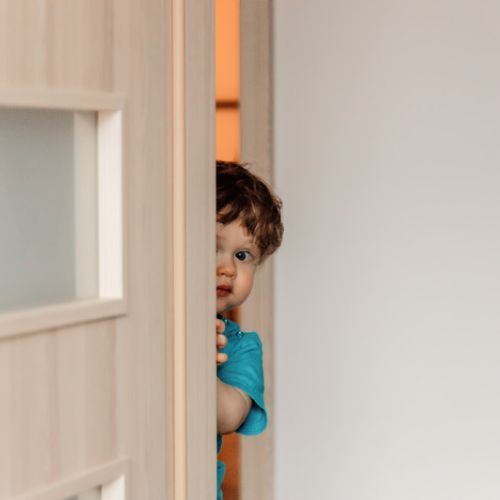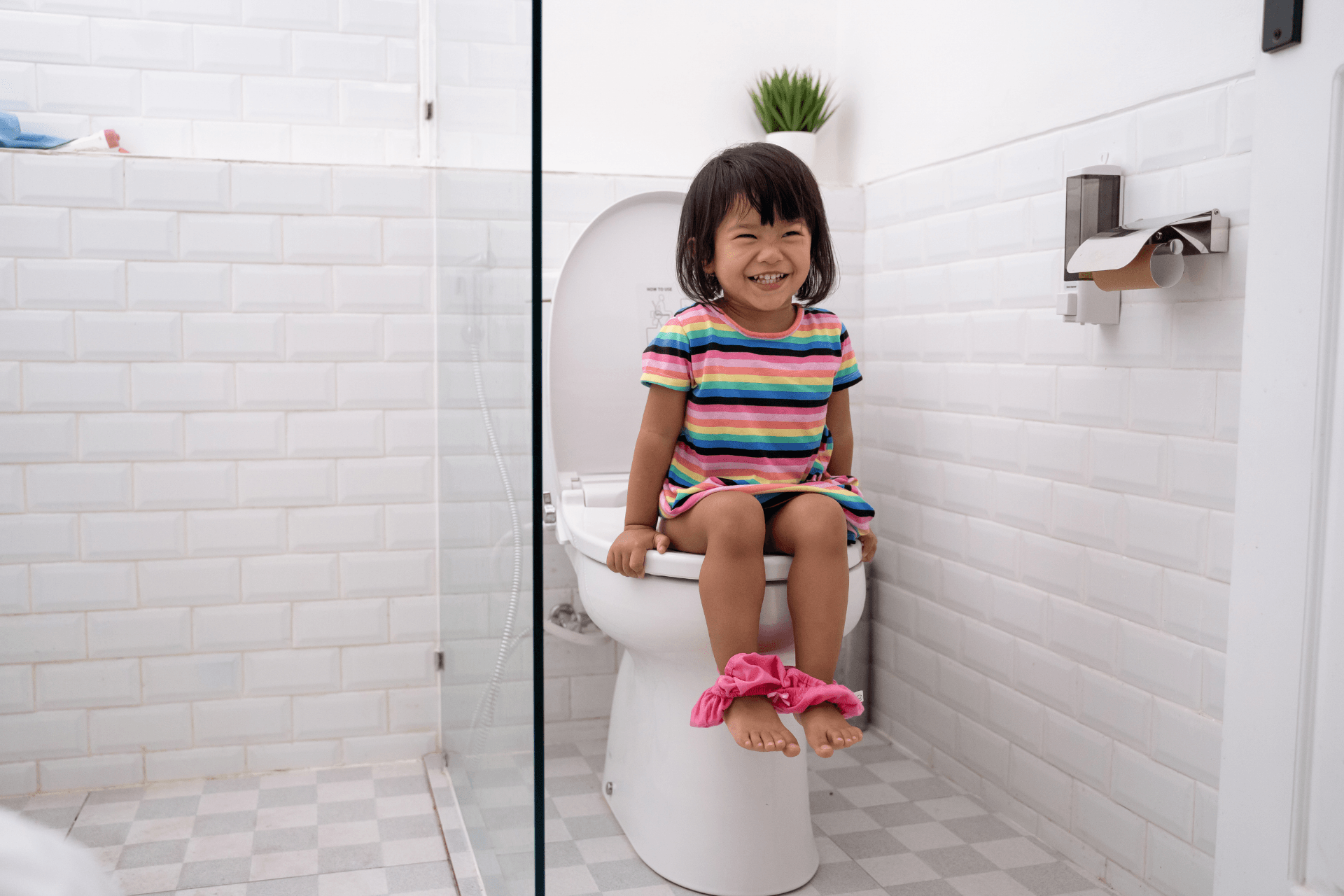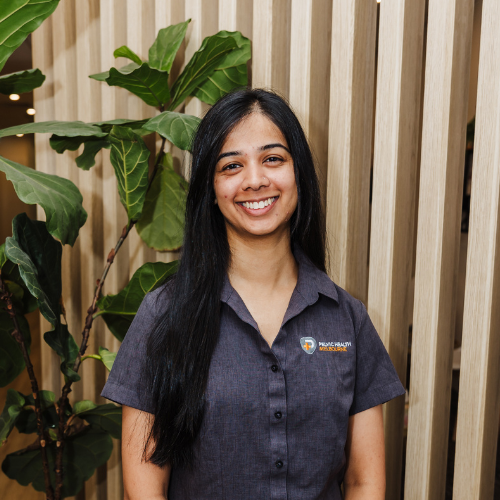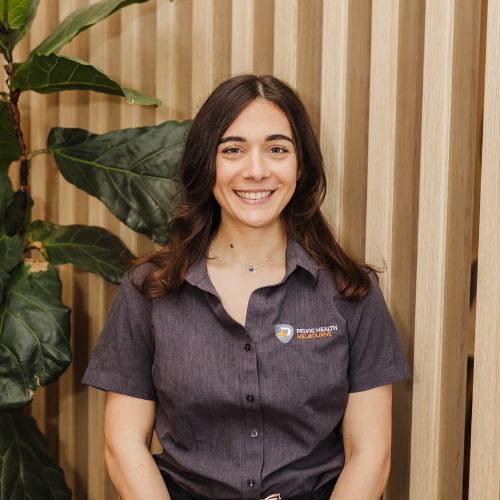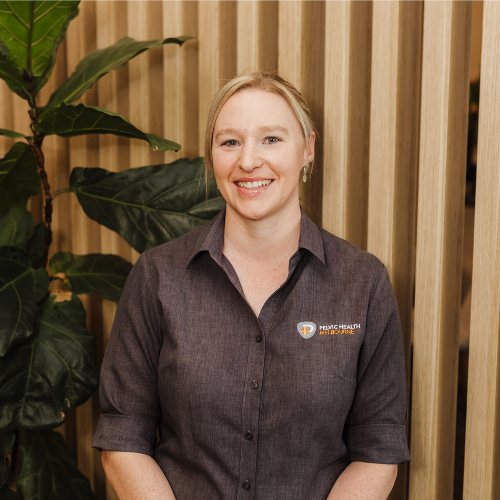
As your child grows, a developmental milestone is learning how and when to use the toilet. For some children ”potty training” is a quick and simple process, for others, it will take longer and they may need some extra encouragement along the way.
Time for toilet training?
Every child is unique and will develop at their own pace but generally toddlers from 18 months to about three years will start showing an awareness of their wee and poo, maybe taking an interest in other people using the toilet or being able to pull their nappy off or pants up and down. These are just some signs that your little one may be ready for toilet training.
When should I start toilet training my child?
- Does your little one hide behind the couch, reappearing with the smell of poo in their nappy or pants?
- Is your child able to follow simple instructions?
- Is your child taking an interest in other children/people using the toilet
- Does your child pull their own nappy or pants off?
- Is your child waking up dry in the morning or after a nap?
These are some signs that your child may be ready for toilet training.
Common concerns?
- If your child still experiences daytime accidents past the age of four or you have been unsuccessful with toilet training for their bladder, or if persistent bedwetting occurs without your child waking you may need to seek assistance.
How you can help your child?
- Set up your toilet with a toddler-sized seat that sits on top of your toilet or a potty to start with
- A footstool can help them feel safe and get up and down
- A calm home environment so they can take their time, can sit regularly throughout the day and after meals and you can stay close by for reassurance
- Try toilet training in the warmer months as there is less clothing to take off
- Show your little one that flushing is not scary and they won’t disappear
- Show your child how to wash and dry their hands
- Dress them in clothing that they can easily get off, avoiding zips and buttons.
- Give lots of positive praise and feedback every time they sit on the toilet regardless of whether they have done a poo or wee or not and expect accidents!
- Girls and boys will learn at their own pace, boys tend to take longer with toilet training so be patient – they will get there
How we can help?
Physiotherapy help with toilet training?
Our treatment is highly individualised and based on the findings of an assessment and your family’s goals. Most importantly, our team keep it fun, engaging and rewarding for your child. Treatment can include:
- Education – helping you understand what is going on and why it’s happening
- Bowel or bladder diaries
- Showing you and your child how their pelvic floor muscles work, and when and how to activate them through exercises
- Providing helpful tips/strategies to try at home such as positioning, behaviour modification, cueing, language/phrasing, diet adjustments and more
- Constipation management
- Wiping techniques
Related Blogs
More Information
Find out more information



